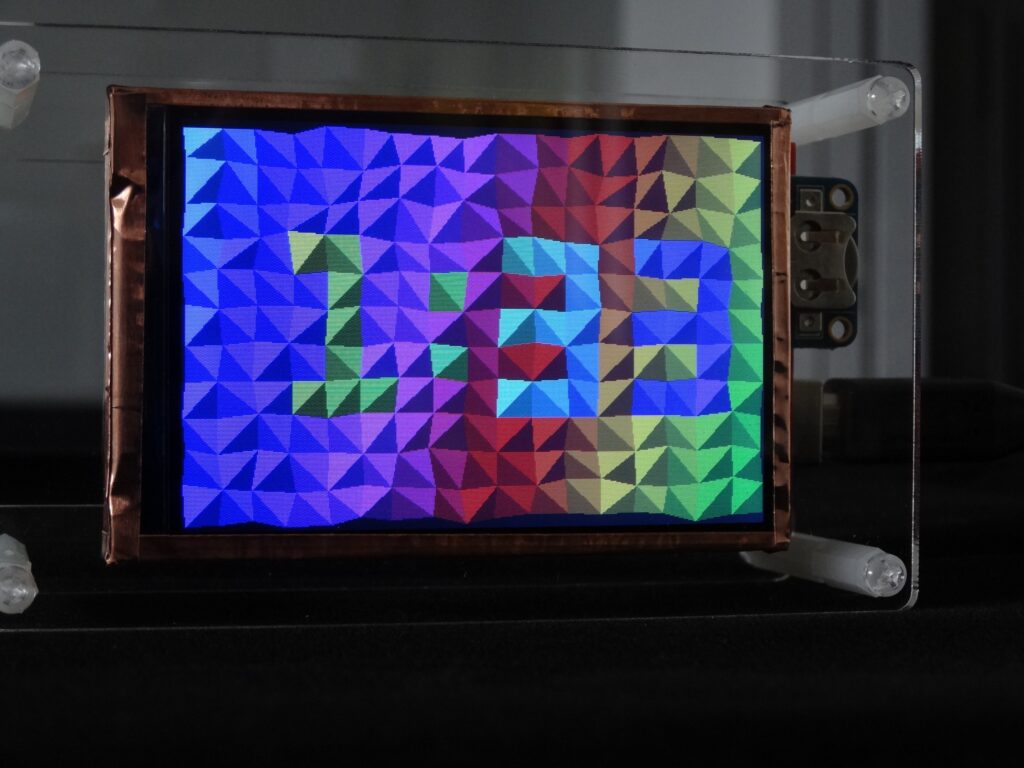

- #Arduino uno microchip flip software
- #Arduino uno microchip flip code
- #Arduino uno microchip flip download
So, now what next? What to do show up the Arduino board in the "device programming"?ĭo I have to download codeplex, I saw it in the video. Now, as I understood from the tutorial that I have to include the avrdude in the external tools and put the arguments.
#Arduino uno microchip flip code
So, if I set the Atmel Studio to program Arduino board with C and C++, then that's should be very useful, because it's very useful as working with AVR chips and AVR coding system, and also to program with the Arduino IDE with Arduino code system. Because, learning C and C++ is useful for me to work with other platforms like, programming PIC, ARM and Arduino with C. So, I like the Arduino code system, I worked a while with it, not so professional. Part of my plan in learning programming is to learn C coding and also C++.

I saw this video on YouTube on setting the Arduino to work with Atmel Studio.Īrduino Programming With Atmel Studio 6.0 So, I'm having issues with the PIC to configure the MAX7219 to drive the DOT MATRIX LED. Well, I have worked with Arduino IDE, I'm actually also working with the MPLAB IDE to set SPI. (which itself runs avrdude in a "hidden" way but it's so well hidden you may not realise it is happening!)
#Arduino uno microchip flip software
Once you have a clear picture of how it all works THEN consider replacing the Arduino PC software with Studio which then introduces this extra step of needing to "add" avrdude to Studio so it can behave like the Arduino PC software. If you are finding all of this too confusing then put Studio off to one side for a while and just use the Arduino board with the Arduino PC software and write/program your own programs that way. This only needs to be done once, unless you like tweaking with settings and want to get the most out of your hardware. In order to begin programming your Arduino, you will need to do an initial flash of the fuses on the AVR. "set fuses and then you use them again each time you want to put code in the thing." On the PC end you can run terminal software to be able to see what the AVR is sending and perhaps even to send commands back to it. You can just read/write to the UART in the AVR and what you send/receive will go over the USB wire to the PC. Just running avrdude on the PC should be enough to get the two talkingĢ) When the bootloading is finished, code has been received and programmed and the new code starts to run that same USB link becomes available to your own code. avrdude (and the Arduino circuit) is smart enough that when you run avrdude and tell it to send code it can actually force the Arduino to reset over the USB link so you don't even have to do anything special on the Arduino like cycling power or pressing buttons or anything like that. Wolfrose wrote: What is this connection for?ġ) When the Arudino is first reset it starts operating the bootloader which will "listen" on the USB cable and if it hears avrdude calling it will go into a mode to receive and transfer new software into the arduino. The "hidden" command used to achieve that is avrdude. You also don't need to set fuses because the person who put the bootloader in it already set the fuses to something sensible and, anyway, you cannot actually change fuses using a bootloader alone (which is actually a good protection that prevents you making silly choices and having an accident).Īll that is required if you are going to program it in "plain C" (or Asm or C++) using Studio is to setup an external command in Studio so that once you build code you can select something on a menu to say "now send the thing I just built to the Arduino so its bootloader can program it into the chip".

The Arduino on the other hand is a "complete solution" You don't need an ISP/JTAG programmer because the AVR itself already contains what is necessary to receive and program its own code (a "bootloader"). So you may need to use ISP/JTAg to set fuses and then you use them again each time you want to put code in the thing. The AVR will come from the factory with a default set of fuses that may not match your operational requirement. If you are just using a "plain AVR" then you also need an ISp (or possibly JTAG) programmer. If so, then why? Is the AVR flashing different than Arduino bootloader firmware?


 0 kommentar(er)
0 kommentar(er)
